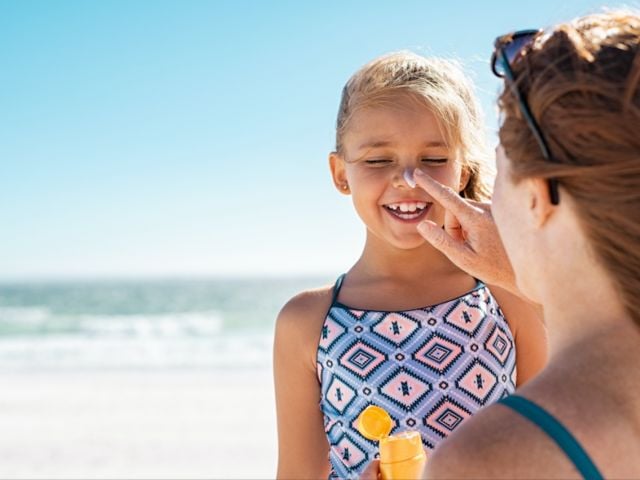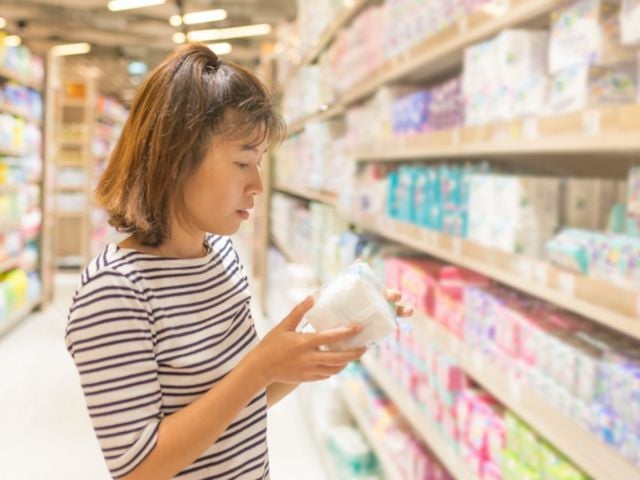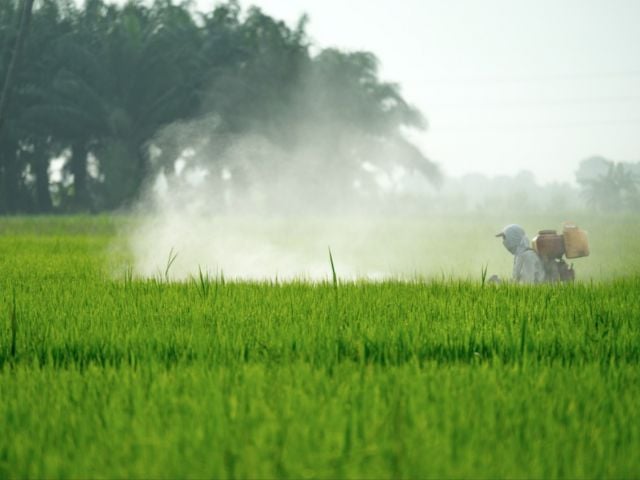
Heart-shaped candies, the ubiquitous Valentine’s Day sweet treats, may contain potentially problematic food dyes – likely at levels that are harmful to health.
Concerns about food dyes
Many brands and varieties of heart-shaped candy contain Yellow Dye No. 5, Yellow Dye No. 6 and Red Dye No. 40.
These synthetic dyes can all be found in Valentine’s Day sweets made by popular brands Frankford Candy, Brach’s, Disney and Jelly Belly.
Artificial dyes have been linked to an array of health harms. They can make children vulnerable to behavioral difficulties, including decreased attention, according to a 2021 study by the California Office of Environmental Health Hazard Assessment.
Additional human studies have linked these chemicals to inattentiveness, learning difficulties and restlessness in sensitive children.
One study found that exposure to just 1 milligram of Yellow Dye No. 5 can adversely affect the most sensitive children. Many products on the market that include Yellow Dye No. 5 contain far more than 1 milligram. For example, a store-bought slushy contains, on average, 1 to 10 milligrams of food dye per serving.
Regulating food dyes
The California health office also found that federal levels for safe intake of food dyes might not protect children’s brain health. It noted that current legal levels for FD&C food dyes, set decades ago by the Food and Drug Administration, don’t take recent research into account.
For decades, the FDA has allowed chemical companies to decide whether most food chemicals are safe. A recent EWG analysis found that almost 99 percent of the food chemicals that have entered the market since 2000 were reviewed for safety by industry scientists, not the FDA.
Even in instances where the FDA does review chemicals for safety, it doesn’t reevaluate earlier decisions. As a result, the vast majority of chemicals in our food supply haven’t been reviewed for safety for decades, if at all.
Avoiding harmful food dyes
If you’re shopping for your valentine and want to avoid harmful synthetic food dyes, here are some tips:
- Check product labels. Artificial dyes must be listed among the ingredients of packaged foods, so study labels to avoid products that contain them.
- Consult EWG’s Food Scores database to find alternative products that don’t contain harmful food dyes. When you’re on the go, use our Healthy Living app to find products without toxic chemicals.
- Look for packaged foods that are certified organic whenever possible and within budget – they must meet strong standards that protect consumers from exposure to potentially harmful food additives.
- Reduce consumption of ultra-processed foods when possible. Many contain concerning ingredients, including other food chemicals that could harm your health.



